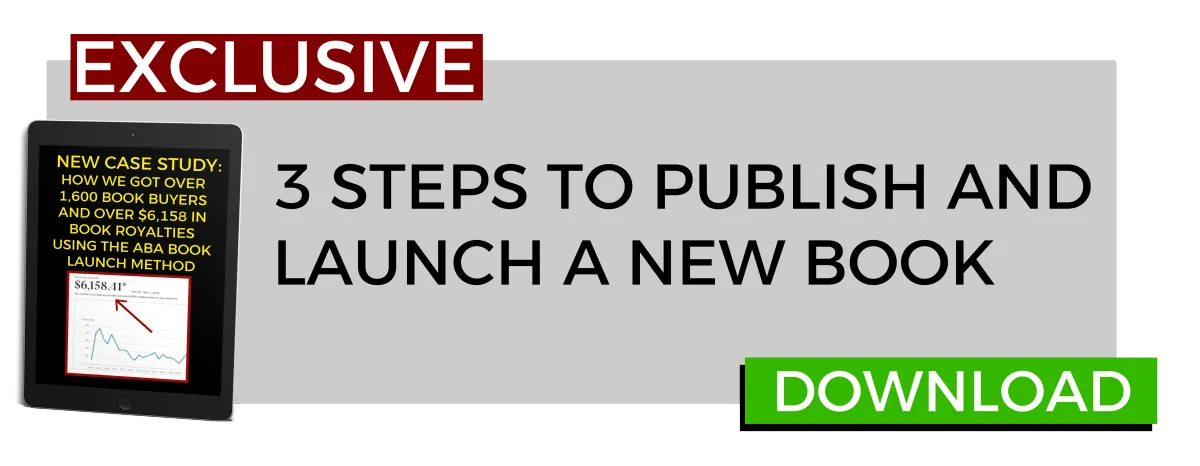PODCAST
IDEAS & IMPACT

#471 The Regulation Revolution: Why Safety Is the New Secret to Success | Ella Bader
BIG IDEA #1: Your body can’t receive what your nervous system doesn’t feel safe holding BIG IDEA #2: A regulated nervous system shifts you from fight/flight into receptive states BIG IDEA #3: Overwh... ...more
Podcast
July 08, 2025•0 min read

#470 Sales | Scott Leese
3 big ideas discussed in this episode: BIG IDEA #1: Action > Words BIG IDEA #2: The Excuse Factory is Closed BIG IDEA #3: Traditional GTM Motions Are Dying ...more
Podcast
July 01, 2025•1 min read

#469 Business Improvement Einstein's Way - Leverage 3 Rules Inspired by How Einstein Did His Thinking and Work | Mark James
3 big ideas discussed in this episode: BIG IDEA #1: Simplify the complex to eliminate waste and inefficiencies. BIG IDEA #2: Replacing discord in the workplace with harmony enables everyone to make ... ...more
Podcast
June 25, 2025•1 min read

#468 Quiet Fortunes: Investing Beyond the Ordinary?| Norman Lowe
3 big ideas discussed in this episode: BIG IDEA #1: Curated Access to Alternative Assets That Are Normally Out of Reach BIG IDEA #2: Calm, Strategic Guidance in a Noisy World BIG IDEA #3: A Persona... ...more
Podcast
June 24, 2025•1 min read

#467 The Unexpected Power of Pausing | Charles Achampong
3 big ideas discussed in this episode: BIG IDEA #1: You don’t need a passport to pause: You don’t have to travel the world to reclaim your breath and sometimes the most powerful pauses happen right w... ...more
Podcast
June 19, 2025•1 min read

#466 The Amazing Transformational Power of Gratitude | Kevin Monroe
3 big ideas discussed in this episode: BIG IDEA #1: Gratitude Changes Everything... Because it shifts what we see. When we practice gratitude, it transforms our lens on life - shifting us from scarci... ...more
Podcast
June 18, 2025•1 min read

